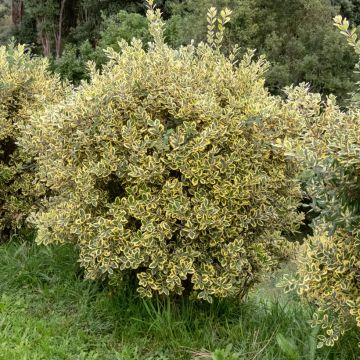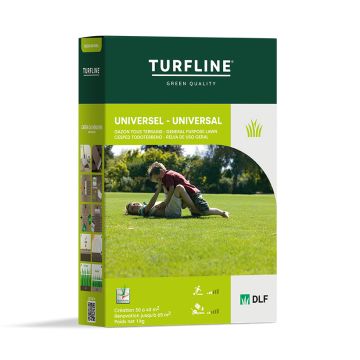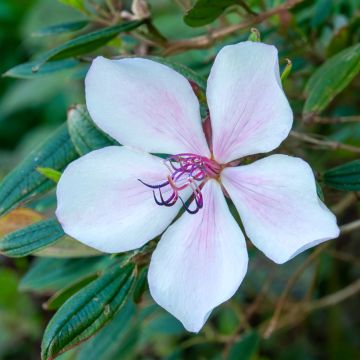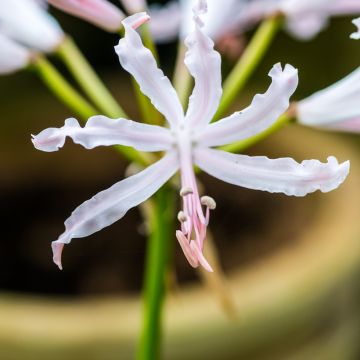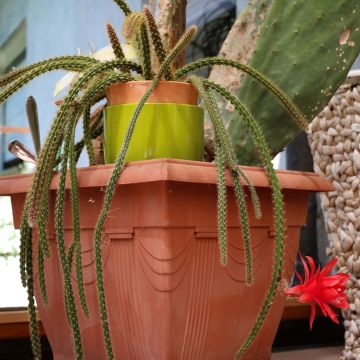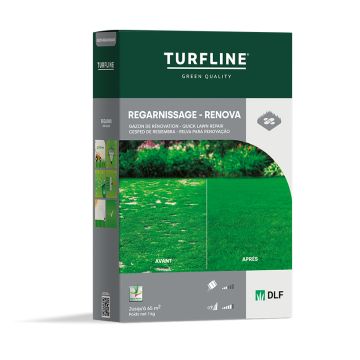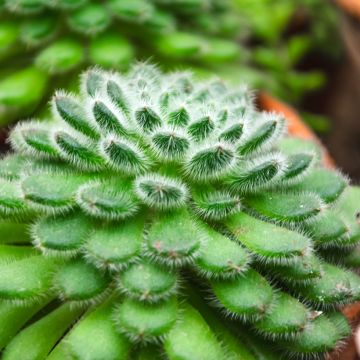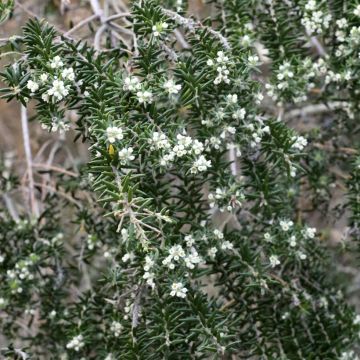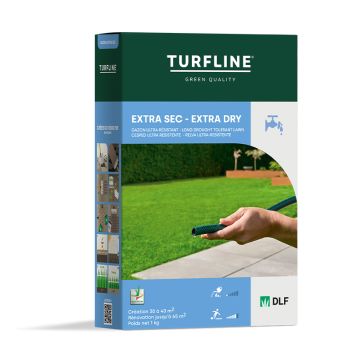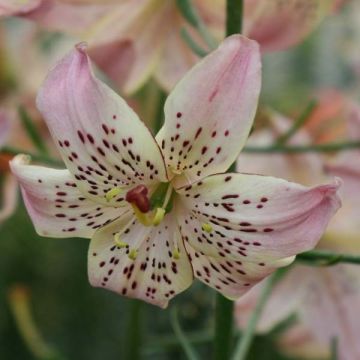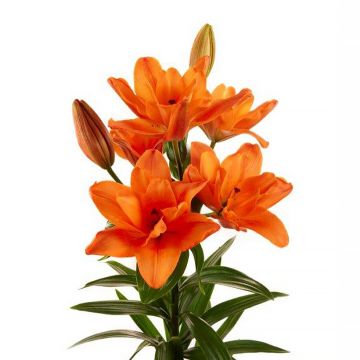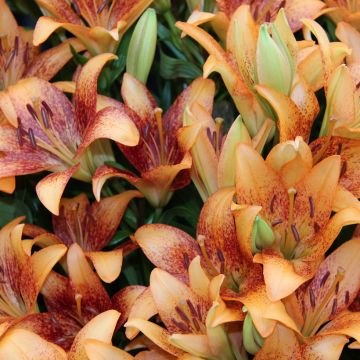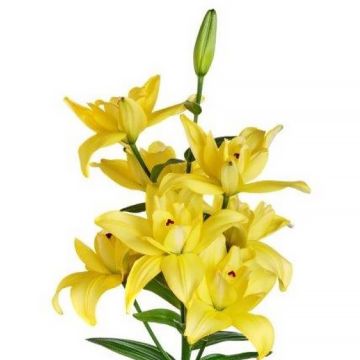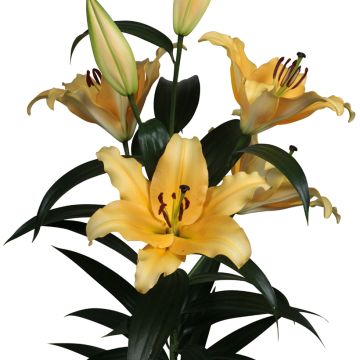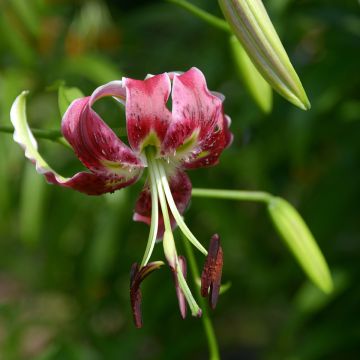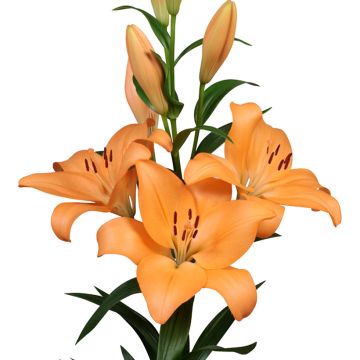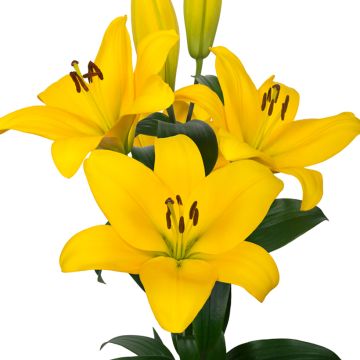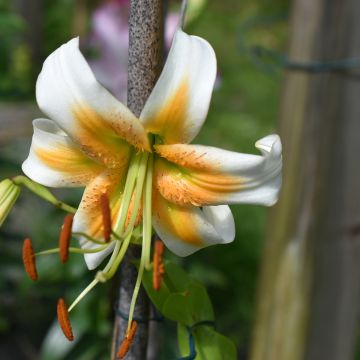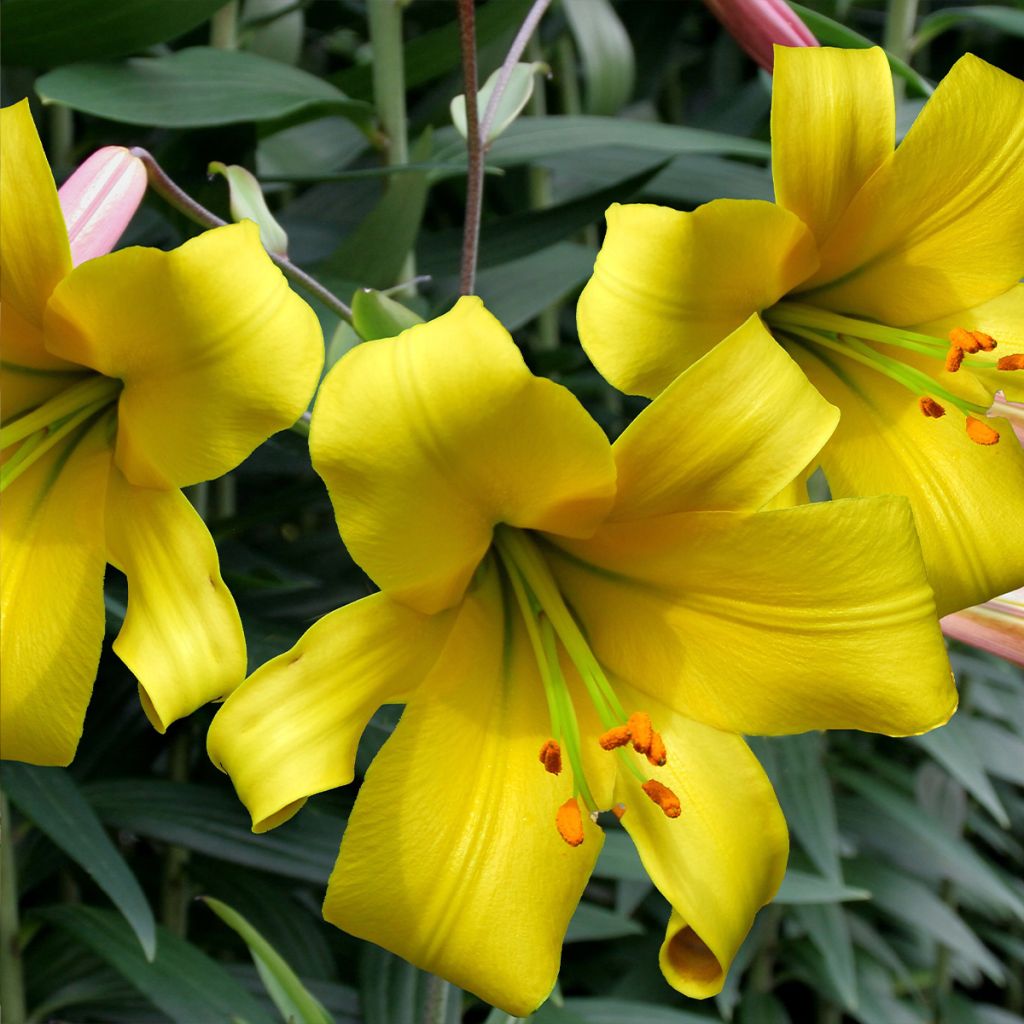

Lis trompette - Lilium Golden Splendor
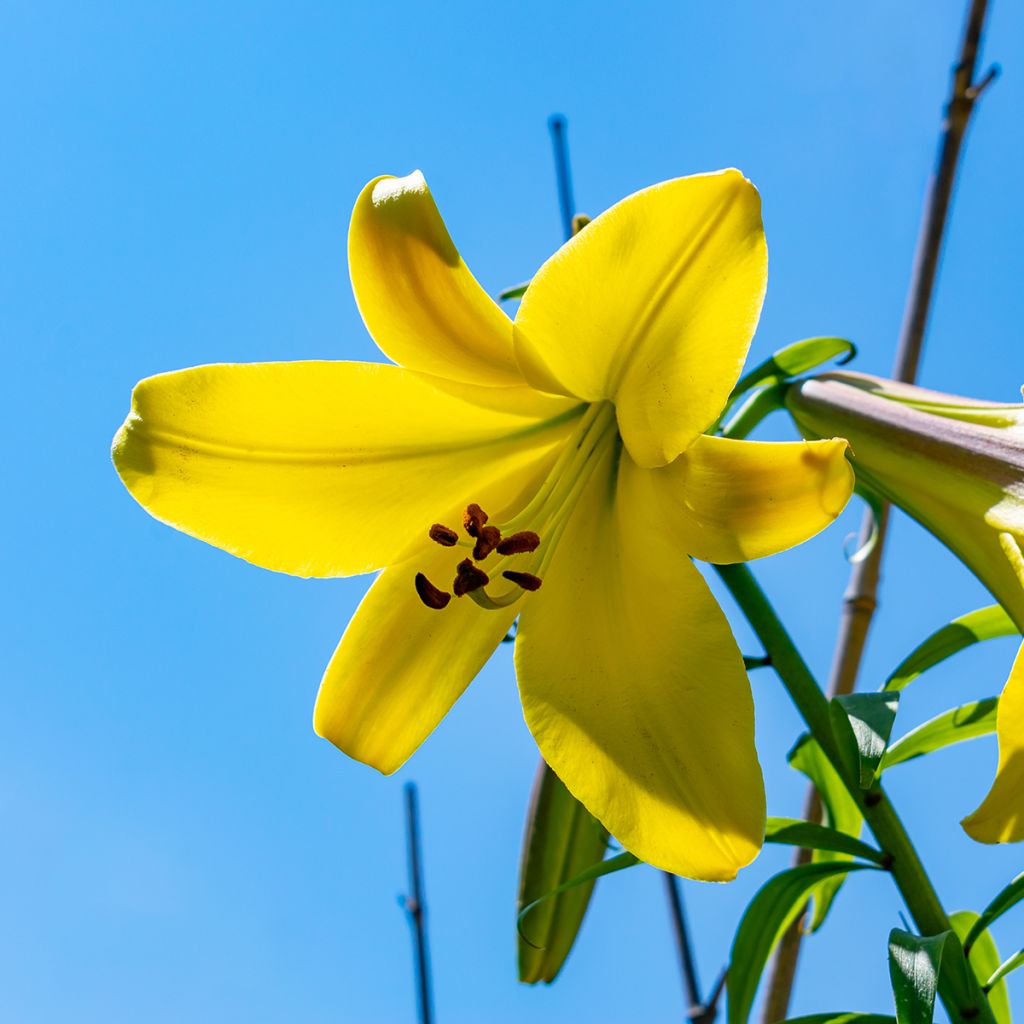

Lis trompette Golden Splendor
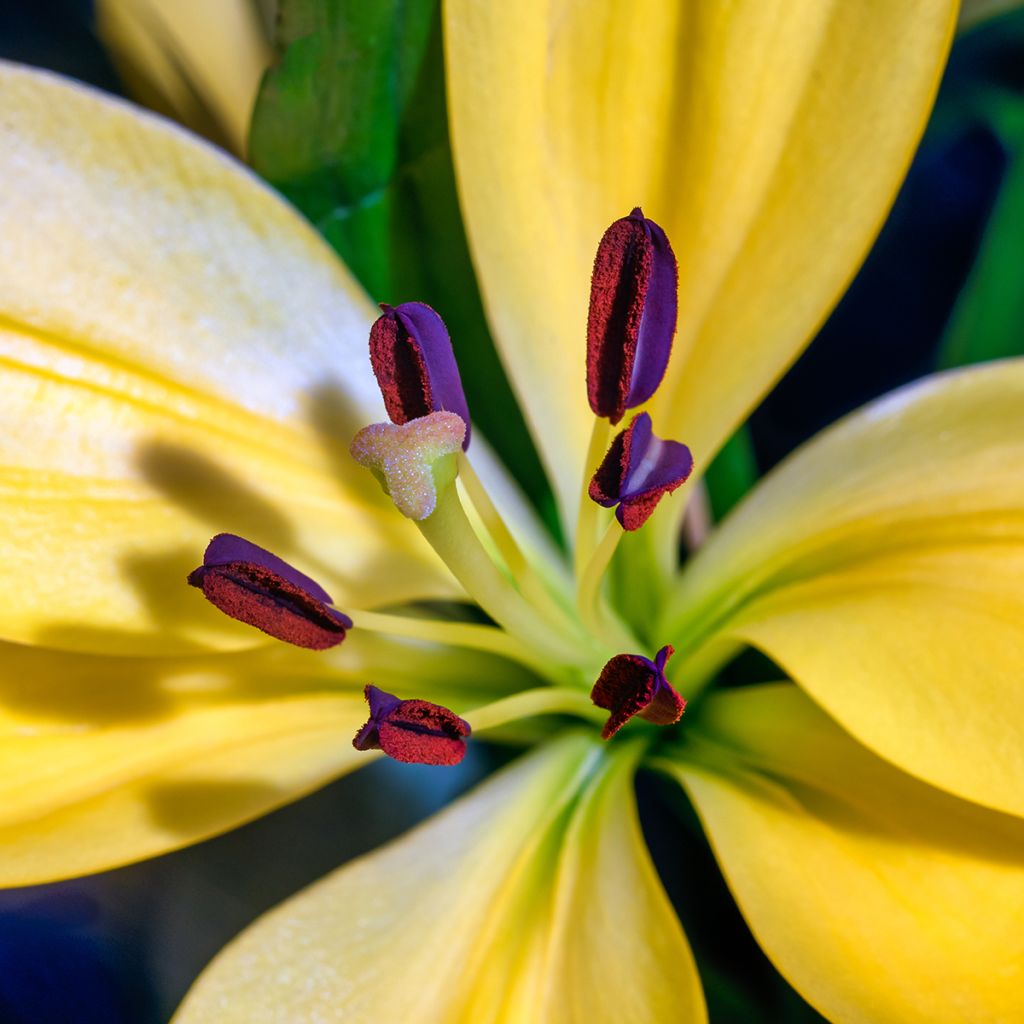

Lis trompette Golden Splendor
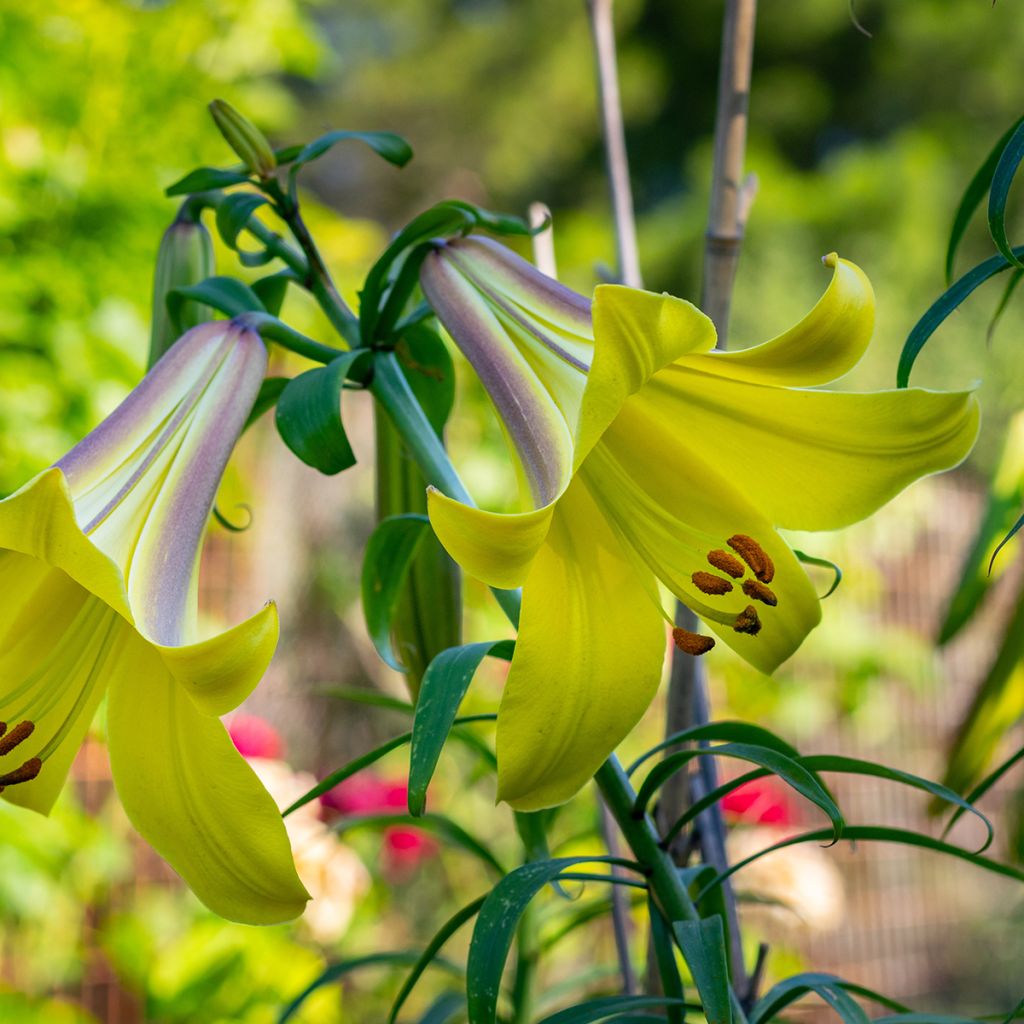

Lis trompette Golden Splendor
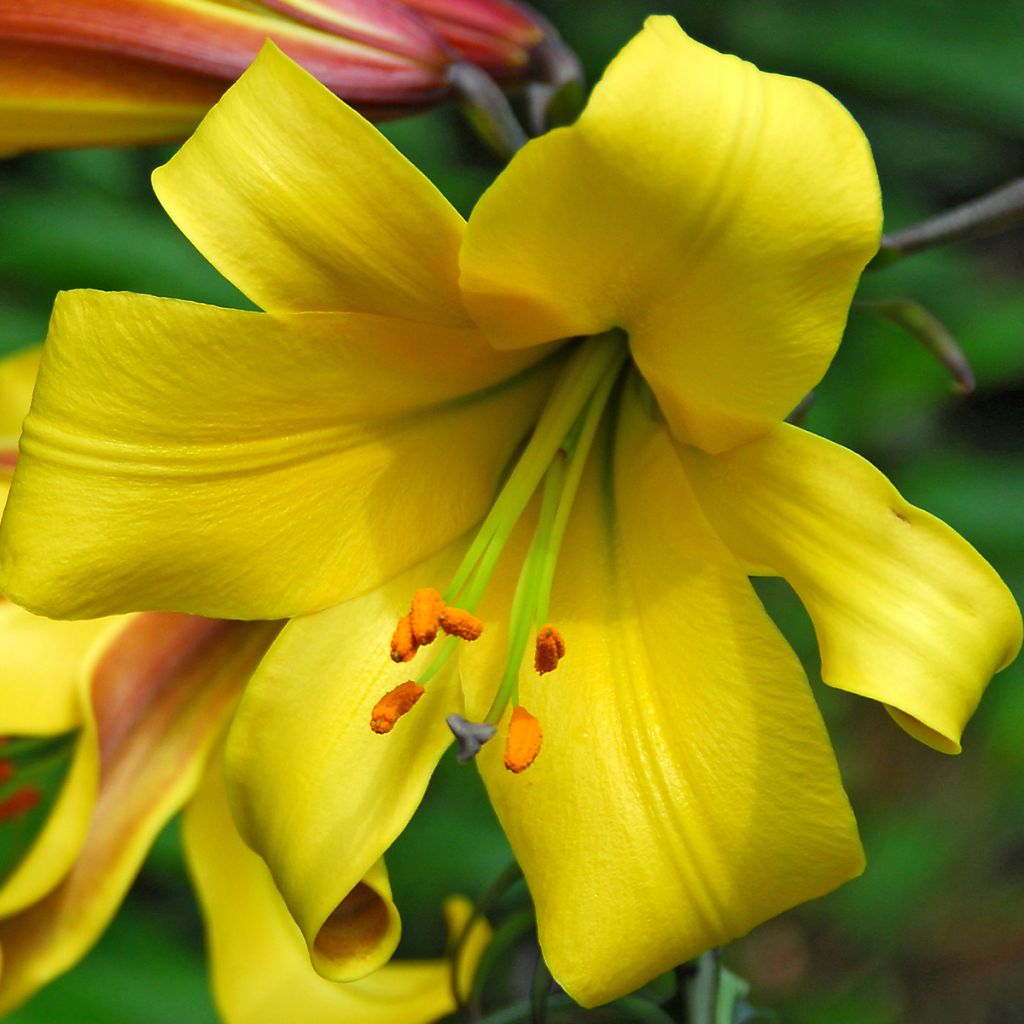

Lis trompette - Lilium Golden Splendor
Lilium Golden Splendor - Asiatic Lily
Lilium x hybrida Golden Splendor
Hybrid Lily
Thanks to Anne Flore for preparing the order and C.L. for shipping, the bulbs I received seem healthy. Planted near the 'Blue Girl' rose, I am now patiently waiting for them to take root... (or not?).
Thierry, 07/03/2023
Why not try an alternative variety in stock?
View all →This plant carries a 6 months recovery warranty
More information
We guarantee the quality of our plants for a full growing cycle, and will replace at our expense any plant that fails to recover under normal climatic and planting conditions.
From €7.90 for pickup delivery and €6.90 for home delivery
Express home delivery from €8.90.
Does this plant fit my garden?
Set up your Plantfit profile →
Description
Lilium 'Golden Splendor' trumpet lily is a very beautiful, floriferous and reliable variety with large, golden-yellow trumpet-shaped flowers with varying shades of burgundy red on the reverse in summer. Its flowering exhales an intoxicating and heady scent, especially in the evening. Easy to grow, reliable, and faithfully flowering like its cousin the royal lily, it is superb in flower beds or even a large rockery. Of course, its flowers make magnificent cut flowers.
Lilium 'Golden Splendor' was awarded the Gold Palm of the plant world in 2002 (A.G.M) in England. This distinction rewards not only the ornamental qualities of a plant but also its ease of cultivation and performance in the garden. Due to some variability in flower colour, this seed-derived selection is now sold under the name 'Golden Splendor Group'. It is a deciduous bulbous plant with narrow and very vertical tufted foliage from spring onwards. It belongs to the Lily family and is a hybrid obtained through cross-breeding with the Royal Lily, native to Western China. This plant will reach about 1.20m (4ft) high when in bloom, and the clump will spread indefinitely over time, with bulbs producing bulblets through vegetative multiplication. In June-July, trumpet flowers appear in umbels at the top of leafy stems. Each stem carries 12 to 20 flowers, on a mature plant. Each flower forms a trumpet that can measure up to 15cm (6in) wide, facing outwards. The flowers display different shades of yellow with variable brown to red stripes on the reverse of the petals. The stems are very strong, almost unbreakable. The dark green, shiny leaves are lanceolate.
This lily prefers light and well-drained, neutral to chalky soil and does not like overly acidic or compact soils. You can grow it with perennial plants such as peonies, delphiniums, or daylilies, but also small bushes, as it likes having its base in the shade. These companions will also help prevent the stems from tipping over in the wind. Lilies are is ideal for borders and, of course, for cut flowers. This 'Golden Splendor' variety brings colour and contrast in summer. It can also be grown in pots, but its flowers will be slightly smaller.
Lilium Golden Splendor - Asiatic Lily in pictures
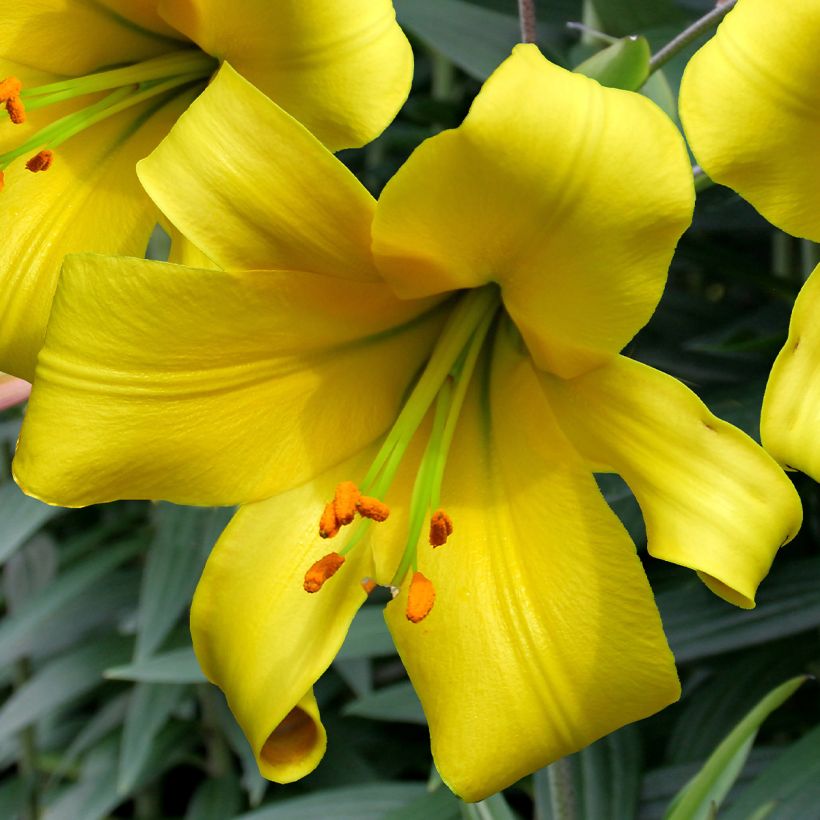

Plant habit
Flowering
Foliage
Botanical data
Lilium
x hybrida
Golden Splendor
Liliaceae
Hybrid Lily
Cultivar or hybrid
Other Hybrid Lilies
View all →Planting and care
Lilium 'Golden Splendor' does not like poorly drained and heavy soils. Plant it in full sun or partial shade, preferably in spring, burying the bulbs 15 cm (6in) deep in a pocket of soil mixed with leaf compost. Surround the bulbs with a layer of sand that will prevent rot and slug attacks, while allowing them to grow more easily. Mark the planting location, as the vegetation only starts in April. When the stems reach 30 cm (12in) high, discreetly stake them. If red lily beetles appear, treat them immediately, as their larvae can devour all the leaves. The most effective method is to catch them manually, be careful as they drop as soon as you touch them. After flowering, it is a good idea to remove faded flowers so that the bed remains beautiful during summer.
Planting period
Intended location
Care
-
, onOrder confirmed
Reply from on Promesse de fleurs
Haven't found what you were looking for?
Hardiness is the lowest winter temperature a plant can endure without suffering serious damage or even dying. However, hardiness is affected by location (a sheltered area, such as a patio), protection (winter cover) and soil type (hardiness is improved by well-drained soil).

Photo Sharing Terms & Conditions
In order to encourage gardeners to interact and share their experiences, Promesse de fleurs offers various media enabling content to be uploaded onto its Site - in particular via the ‘Photo sharing’ module.
The User agrees to refrain from:
- Posting any content that is illegal, prejudicial, insulting, racist, inciteful to hatred, revisionist, contrary to public decency, that infringes on privacy or on the privacy rights of third parties, in particular the publicity rights of persons and goods, intellectual property rights, or the right to privacy.
- Submitting content on behalf of a third party;
- Impersonate the identity of a third party and/or publish any personal information about a third party;
In general, the User undertakes to refrain from any unethical behaviour.
All Content (in particular text, comments, files, images, photos, videos, creative works, etc.), which may be subject to property or intellectual property rights, image or other private rights, shall remain the property of the User, subject to the limited rights granted by the terms of the licence granted by Promesse de fleurs as stated below. Users are at liberty to publish or not to publish such Content on the Site, notably via the ‘Photo Sharing’ facility, and accept that this Content shall be made public and freely accessible, notably on the Internet.
Users further acknowledge, undertake to have ,and guarantee that they hold all necessary rights and permissions to publish such material on the Site, in particular with regard to the legislation in force pertaining to any privacy, property, intellectual property, image, or contractual rights, or rights of any other nature. By publishing such Content on the Site, Users acknowledge accepting full liability as publishers of the Content within the meaning of the law, and grant Promesse de fleurs, free of charge, an inclusive, worldwide licence for the said Content for the entire duration of its publication, including all reproduction, representation, up/downloading, displaying, performing, transmission, and storage rights.
Users also grant permission for their name to be linked to the Content and accept that this link may not always be made available.
By engaging in posting material, Users consent to their Content becoming automatically accessible on the Internet, in particular on other sites and/or blogs and/or web pages of the Promesse de fleurs site, including in particular social pages and the Promesse de fleurs catalogue.
Users may secure the removal of entrusted content free of charge by issuing a simple request via our contact form.

































